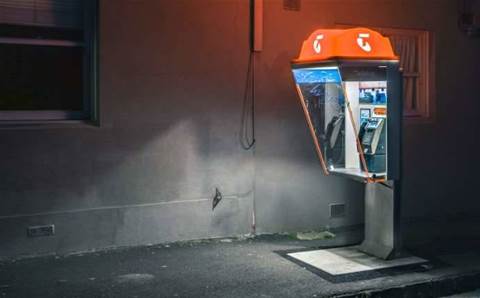Telstra has won a court case against three city councils that tried to block the telco from upgrading its public payphone booths over concerns they would be used to display commercial advertising.
Councils representing Melbourne, Sydney and Brisbane argued that Telstra’s plan to upgrade 16,000 public payphones with digital advertising panels did not meet urban design rules. However, Federal Court Justice David O’Callaghan ruled that Telstra would be allowed to install the displays without permission, with the provision that they only display ads for Telstra’s standard telephone service.
Telstra revealed plans to upgrade its existing payphones and install 1800 new booths in March 2019, fitting them out with Wi-Fi and USB connectivity as well as large digital display panels.
City of Melbourne council blocked Telstra’s applications to display promotional ads on 81 of its proposed new payphones. The council’s argument hinged on the payphones not being considered “low-impact facilities” and as such were not acceptable under the Melbourne Planning Scheme.
The Telecommunications Act 1997 states that a low-impact facility is “not used to display commercial advertising other than advertising related to the supply of standard telephone services.”
Telstra subsequently filed a lawsuit in the Federal Court in May 2019 seeking clarification on whether it needed permission from the City of Melbourne to upgrade its booths. City of Sydney Council and Brisbane City Council later joined the proceedings.
Justice O’Callaghan determined that the upgraded booths still constituted low-impact facilities, but only when displaying Telstra’s standard telephone services, or voice telephony. If Telstra wants to display third-party ads, it will still need approval from the city councils.






.png&h=142&w=230&c=1&s=1)





.jpg&w=100&c=1&s=0)
_(8).jpg&w=100&c=1&s=0)










